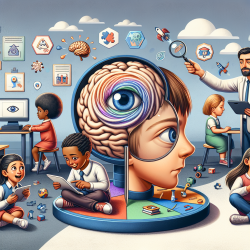Understanding Behavioral and Emotional Disorders in Children
As practitioners dedicated to the well-being of children, understanding the complexities of behavioral and emotional disorders is crucial. The research article titled Behavioral and Emotional Disorders in Children and Their Anesthetic Implications offers valuable insights into how these disorders impact anesthesia and perioperative care. By implementing the outcomes of this research, practitioners can improve their skills and create better outcomes for children.
Key Findings from the Research
The article identifies several common behavioral and emotional disorders that can pose challenges in the perioperative setting, including:
- Anxiety
- Depression
- Oppositional Defiant Disorder (ODD)
- Conduct Disorder (CD)
- Attention Deficit Hyperactivity Disorder (ADHD)
- Obsessive Compulsive Disorder (OCD)
- Post-Traumatic Stress Disorder (PTSD)
- Autism Spectrum Disorder (ASD)
Each disorder presents unique challenges and requires tailored approaches to ensure a safe and effective perioperative experience.
Implications for Anesthetic and Perioperative Care
Children with these disorders often exhibit increased anxiety and fear when faced with surgery or anesthesia. The research highlights the importance of preoperative preparation, tailored anesthetic plans, and the involvement of Child Life specialists to mitigate these challenges.
Key strategies include:
- Psychological preparation programs
- Use of audiovisual aids and virtual reality for distraction
- Parental presence during induction of anesthesia
- Premedication to reduce anxiety and improve cooperation
Encouraging Further Research
While the research provides a comprehensive overview of the challenges and strategies associated with these disorders, it also highlights areas where further study is needed. Practitioners are encouraged to explore additional research to better understand the nuances of each disorder and improve care strategies.
Conclusion
Understanding and addressing the unique needs of children with behavioral and emotional disorders is essential for improving perioperative outcomes. By implementing the strategies outlined in the research and continuing to explore new approaches, practitioners can enhance the care provided to these vulnerable populations.
To read the original research paper, please follow this link: Behavioral and Emotional Disorders in Children and Their Anesthetic Implications.










